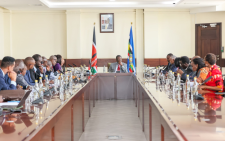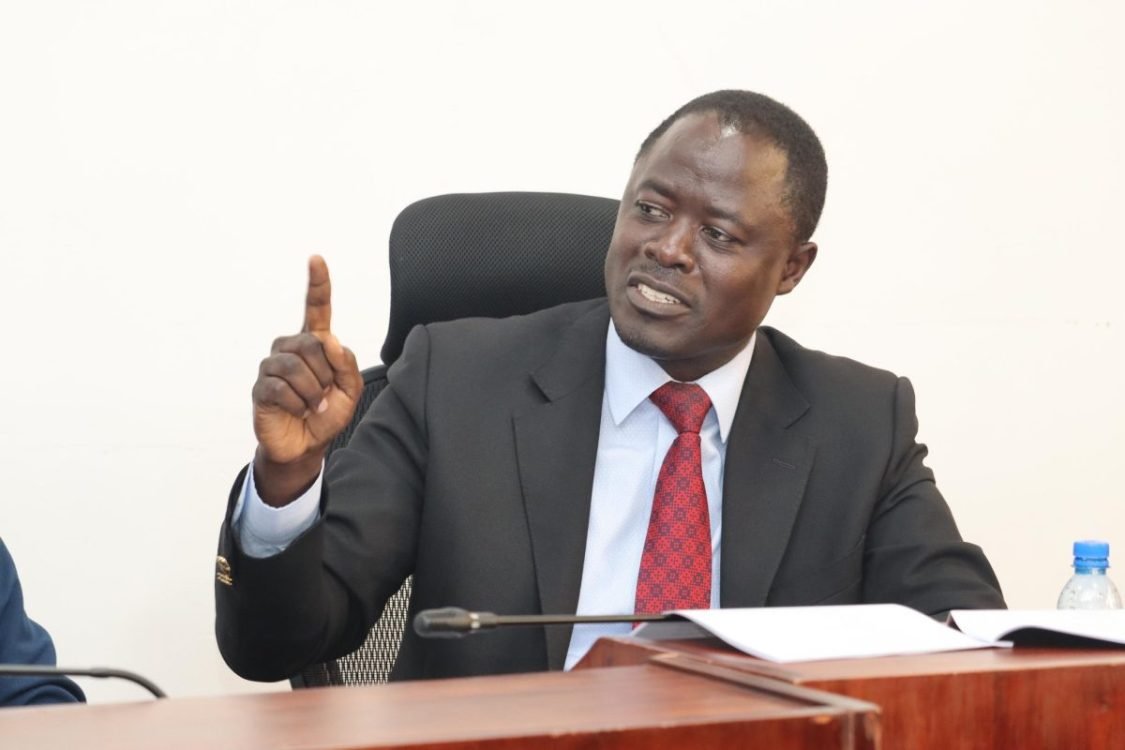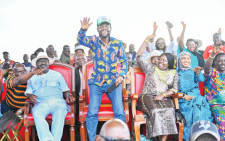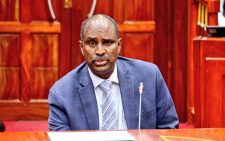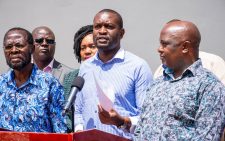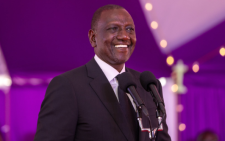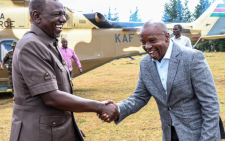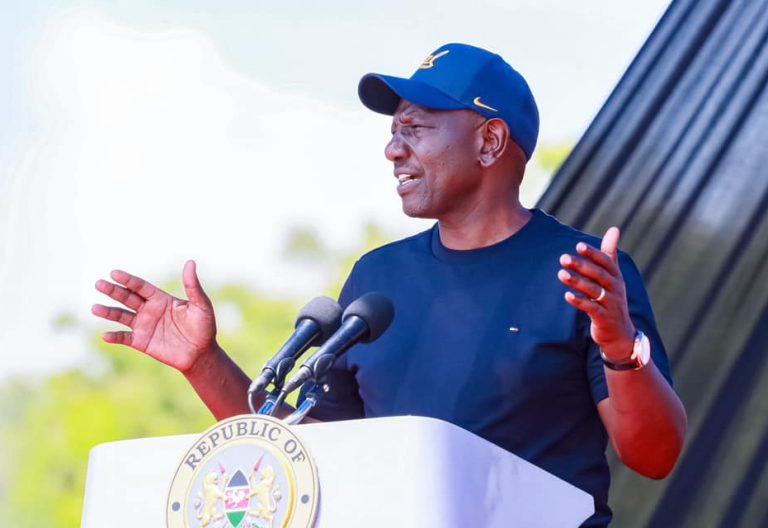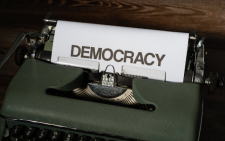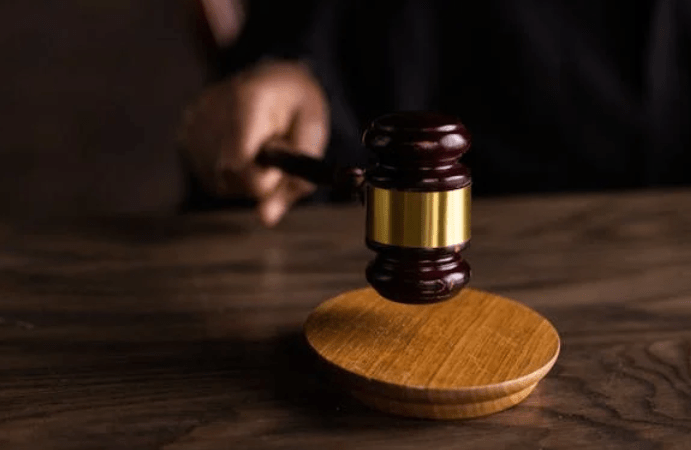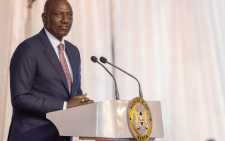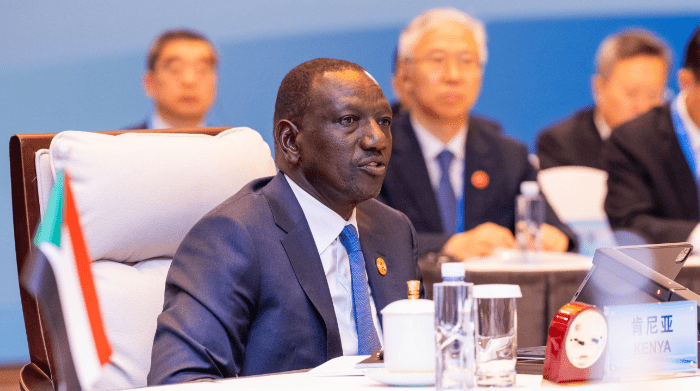Azimio launch an integrity test for Kenyan politics
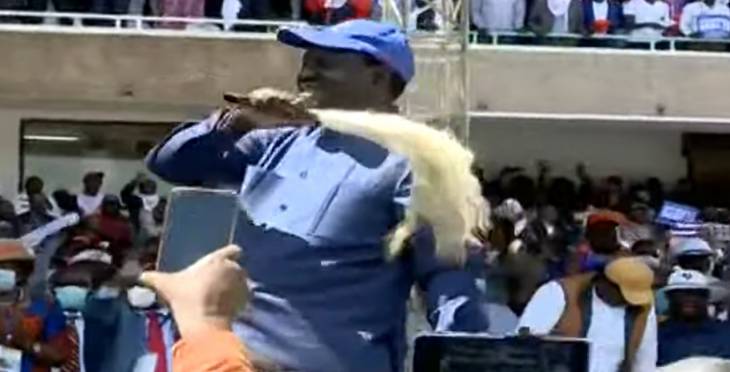
ODM leader Raila Odinga’s grand declaration last Friday that he will run for the presidency in next year’s General Election, has recalibrated the dynamics of Kenyan politics.
By unveiling his fifth stab at the top seat on a platform of national unity under the Azimio la Umoja (Resolution of Unity) banner, Raila has thrown the gauntlet to his opponents.
Experience of a political environment, wrought with a toxic mix of ethnocentrism and partisanship, has seen Raila peg the most important race in his life on a carefully crafted strategy that is bound to rattle his rivals.
Raila’s well-choreographed-might while launching his candidature included presentations of resolutions from all regions of Kenya to underpin his rallying call for national cohesion. It culminated in the Azimio movement declaration as his campaign platform.
Azimio’s 10-point manifesto appears to answer his chief rival UDA leader William Ruto’s often made allegations disputing his rivals’ agenda, credentials and track record, a claim he repeated at campaigns in Turkana as Raila revelled in his glamour event at Kasarani.
Interestingly, all presidential candidates and their allies, including Ruto in a fractured relationship with President Uhuru Kenyatta after a bitter fallout in Jubilee Party, have at one time or the other been on the same side in government or party.
It is difficult to draw a line between their perceived personal or ideological differences. One thing is sure though. All Kenyan political parties are ethnically and regionally based. Even UDA is yet to convince that it is the national party it claims to be, at least not before the next elections.
From past experience and lessons from the acrimonious divorce in Jubilee, it would not be a surprise if the majority of UDA legislators and ward representatives will emerge from one ethnic community in the Rift Valley.
Raila’s bold statement at the Azimio launch introduces the integrity test dimension in Kenyan politics, characterised by disinformation and cheap rhetoric before gullible public and rally crowds.
He insists Azimio is a product of peace and national cohesion from his famous Handshake with Uhuru, that could propel Kenya into an era of shared prosperity and socio-economic inclusion.
Ruto alleges the Handshake has disintegrated Jubilee and disrupted its development programmes, notably the Big Four Agenda. Yet he seizes credit for Jubilee’s achievements and Uhuru’s legacy, charging that he wants to build on it to promote a “bottom-up hustler economic model.” What do we believe going forward?
All claims by politicians revolving around elections during the raging campaigns, must be closely scrutinised and verified for credibility. Media must be careful not to fall into the trap of becoming conduits of disinformation, courtesy of sly politicians.
The advent of the internet has facilitated the dissemination of disinformation in social media and news outlets, with deliberate fabrications and psychological warfare propagated especially by political opportunists. We must guard against the prospects of a “misinformation pandemic”.
In the heated political campaigns before the elections, Kenyans are counting on the media to detect, analyse and filter out false and misleading information from presidential aspirants and their allies.
We just celebrated our 58th Jamhuri Day still grappling with the quest for national unity and poverty, ignorance and disease- the ills our founding fathers gallantly fought to liberate us from.
These challenges persist today and should be at the core of national reflection and media reportage, not hollow, colloquial propaganda deployed to hoodwink the electorate.
—[email protected]
